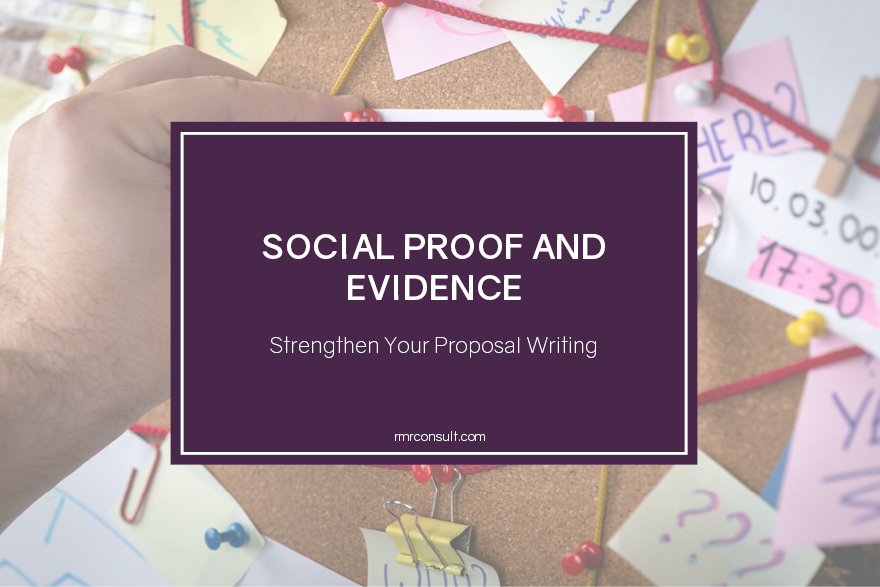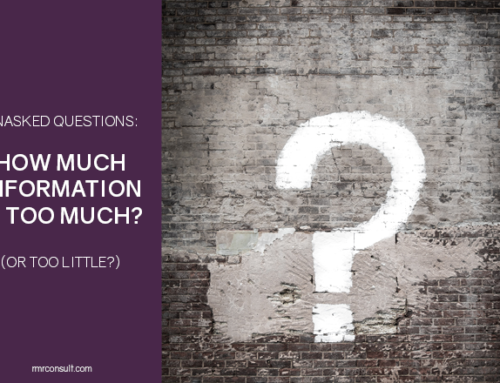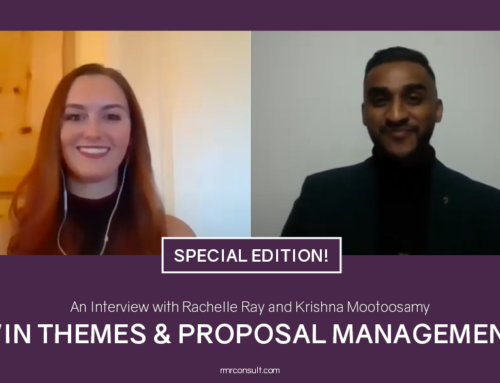Social Proof and Evidence: Strengthen Your Proposal Writing
I recently received this message in my LinkedIn mail:
Hey Rachelle, Hope you’re well! I’m putting together another Case Study program for entrepreneurs who want to add $100K or more in revenue to their bottom line within the next 90 days and wanted to touch base with you – along with a few other connections – before I open applications to the public next week. Last year the results were phenomenal (millions in added revenue) and, as of right now, I still have 3 spots open that need to be filled 🙂 Would you be interested in joining us or happen to know anyone in your network who might be a good fit?
I run this blog to talk about proposals but stay with me on this. I promise there’s a reason I’m sharing spammy LinkedIn content – a reason directly related to proposals.
See, I receive dozens of messages a day from web developers, consultants, an annoyingly persistent tax strategist, lead gen hackers, growth hackers, and a bunch of other gurus, geniuses, etc. They all want me to look at something, buy something, jump on some program. Every message looks relatively similar to this one. They’re rather vague, with a false sense of immediacy, and minimal (if any) understanding of me or my business before jumping straight to a call to action.
What LinkedIn Spam Can Teach Us About Proposal Writing
I imagine my underwhelming reaction to these messages is similar to that of a proposal reviewer after going through five or six identical proposals. These outreach messages can teach us a few things about good copywriting that we can implement in our proposals, though.
Aside from all of the questions this particular LinkedIn message inspires (I’ll assume that’s intentional) it’s lacking serious depth. Which is unfortunate because it alludes to a piece of information that has the potential to spark interest: evidence.
“Last year the results were phenomenal (millions in added revenue)” sounds great, doesn’t it? Ultimately though, it’s just a vague statement with no hard numbers, no evidence to support it.
This vague claim of ‘millions in added revenue’ instantly made me wary. There’s no way I can verify this information without initiating a conversation, and this person hasn’t given me any compelling reason to ask to verify their claims. Usually, unsolicited messages like this go without a response (sorry not sorry, proposal management is demanding). If this individual had added in evidence, or social proof, to their message though, it might have inspired a reply. For instance, they had said something like:
“Last year I helped a proposal consultant in Arizona increase her annual revenue by $100K.”
That level of specificity would have gotten my attention. If they’d provided a testimonial or a case study (they did refer to another case study program) then I might have replied back.
Lacking Social Proof and Evidence in Your Proposals?
So, what does this vague, sales-y message have to do with proposal writing? Unfortunately, vague language and claims of grandeur are things that I see often in proposals too.
“We’ve constructed millions of square feet of similar buildings!”
“Our energy-efficient designs save our clients’ money!”
“Our staff are experts in this type of project!”
The problem with this is that anyone can say these things – whether they’re true or not. While we generally assume that most people are fairly honest in their proposals, there’s no reason for us to take any statement at face value. Especially in the modern day when it’s so easy to verify them. In fact, over 80% of Americans seek referrals or recommendations before making a purchase. If I’m going to ask everyone I know and trust the reviews of strangers on the internet before I indulge in a new pair of boots, you can bet that a procurement manager selecting a contractor for a $30 million project is going to seek out evidence that verifies the contractor they’re thinking of hiring is the right choice, too.
Adding Evidence to Your Proposals
Specifics are important in proposals, especially when it comes to providing evidence of your capabilities. Let’s take a look at the statements above and see how evidence could transform them.
Example #1
“We’ve constructed millions of square feet of similar buildings.”
Let’s make this statement more specific, and add supporting details:
“We’ve completed several recent hospital renovations, including the 45,000 SF Intensive Care Unit and the 30,000 SF Emergency Ward at UMC South.”
Still not perfect, but see how ‘millions of square feet’ doesn’t really say much, while showing two directly relevant projects (preferably nearby or known to the client) gives more concrete evidence? We can even take this one step further with some social proof like a quote from a client:
“We’ve completed several recent hospital renovations, including the 45,000 SF Intensive Care Unit and the 30,000 SF Emergency Ward at UMC South. UMC CEO Harris Smith acknowledged the work of our team, saying ‘there is no other contractor I would have trusted with such a complicated project.’”
Example #2
“Our staff are experts in this type of project.”
Let’s revise this to add in evidence of your staff’s expertise:
“Project Manager Emmaline Vance was recognized by the Society for Science and Manufacturing Institutions in 2018 for her contributions to developing new standards for laboratory facility design that increase occupant safety and building efficiency.”
Types of Evidence and Social Proof
Evidence comes in many forms, but it is crucial for validating your proposal and your win themes. The more details you provide to support proposal statements, the more trust you will build with the reviewer.
There are several types of social proof you can use in your proposals. Client quotes and recommendations are just one of them, but they’re highly effective. Other types of social proof include data-driven documents like case studies or post-occupancy evaluations, and peer validation or awards.
Psst. Not sure how to ask for client recommendation letters or send out client satisfaction surveys? Check out my how-to guide: Keeping Up With Client References.






Leave A Comment